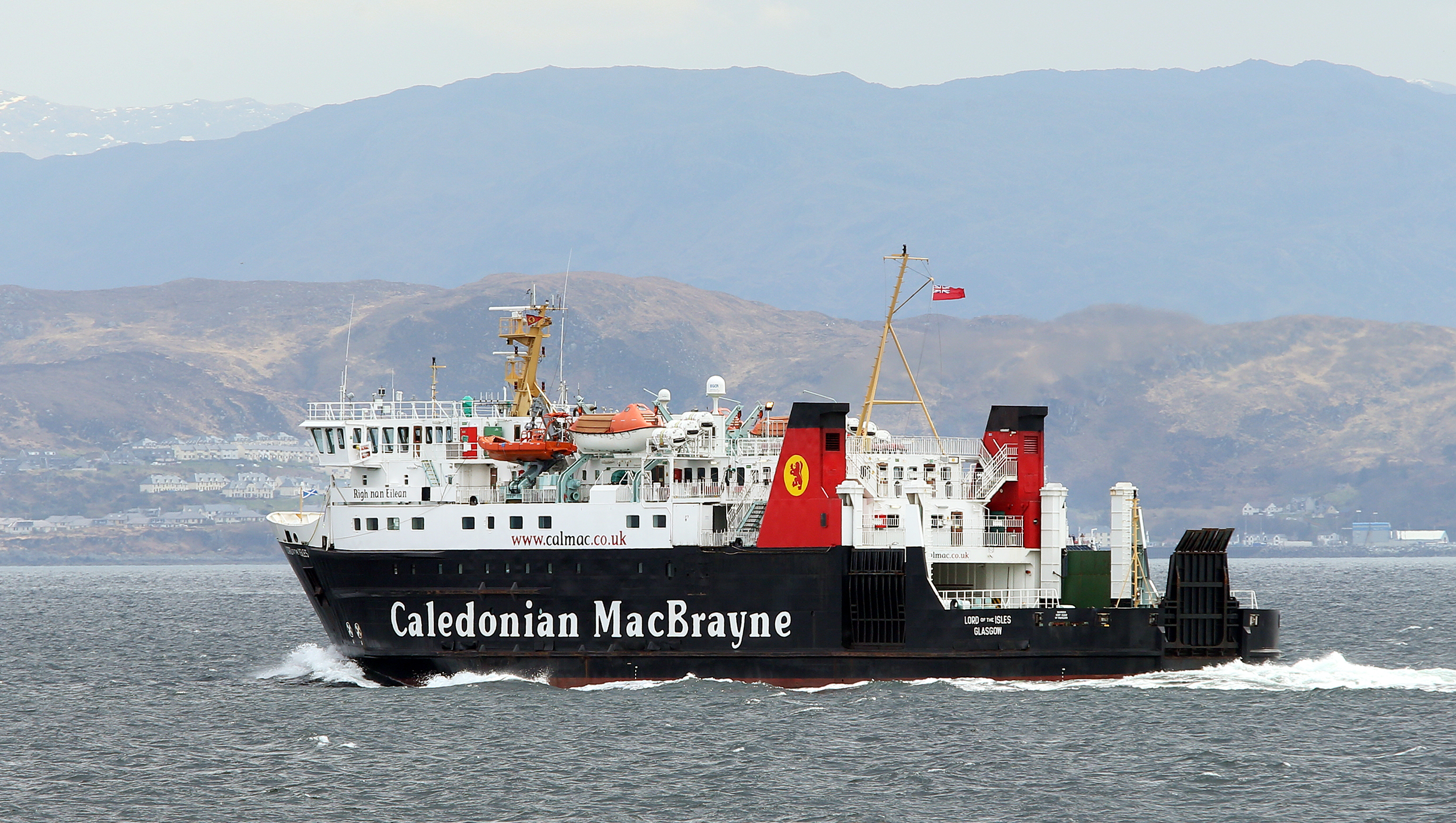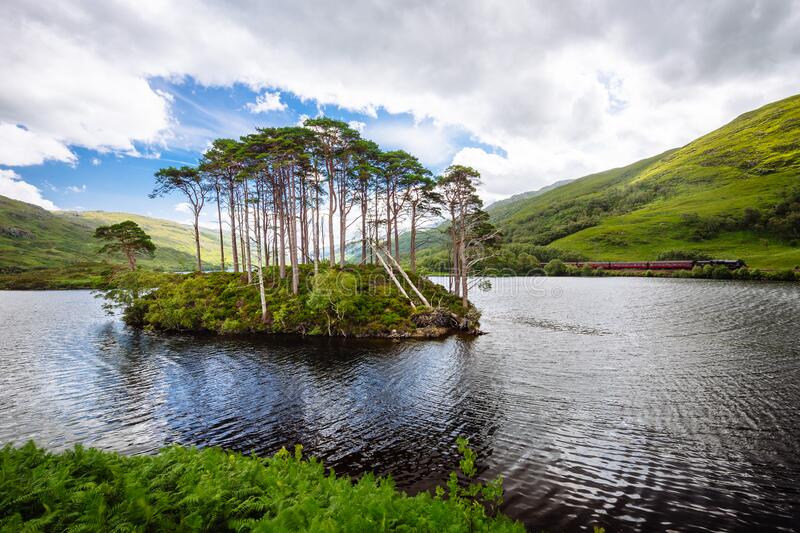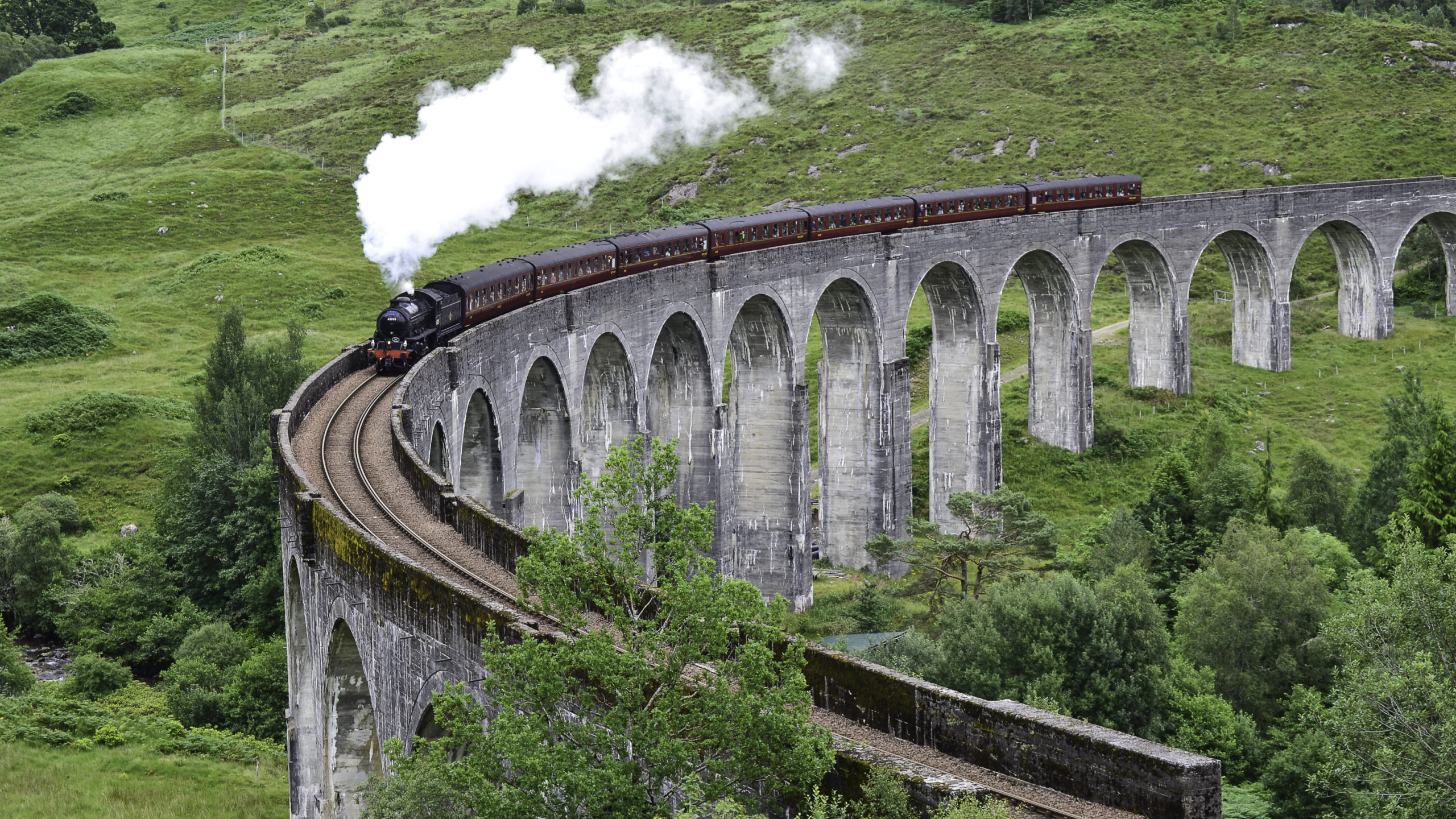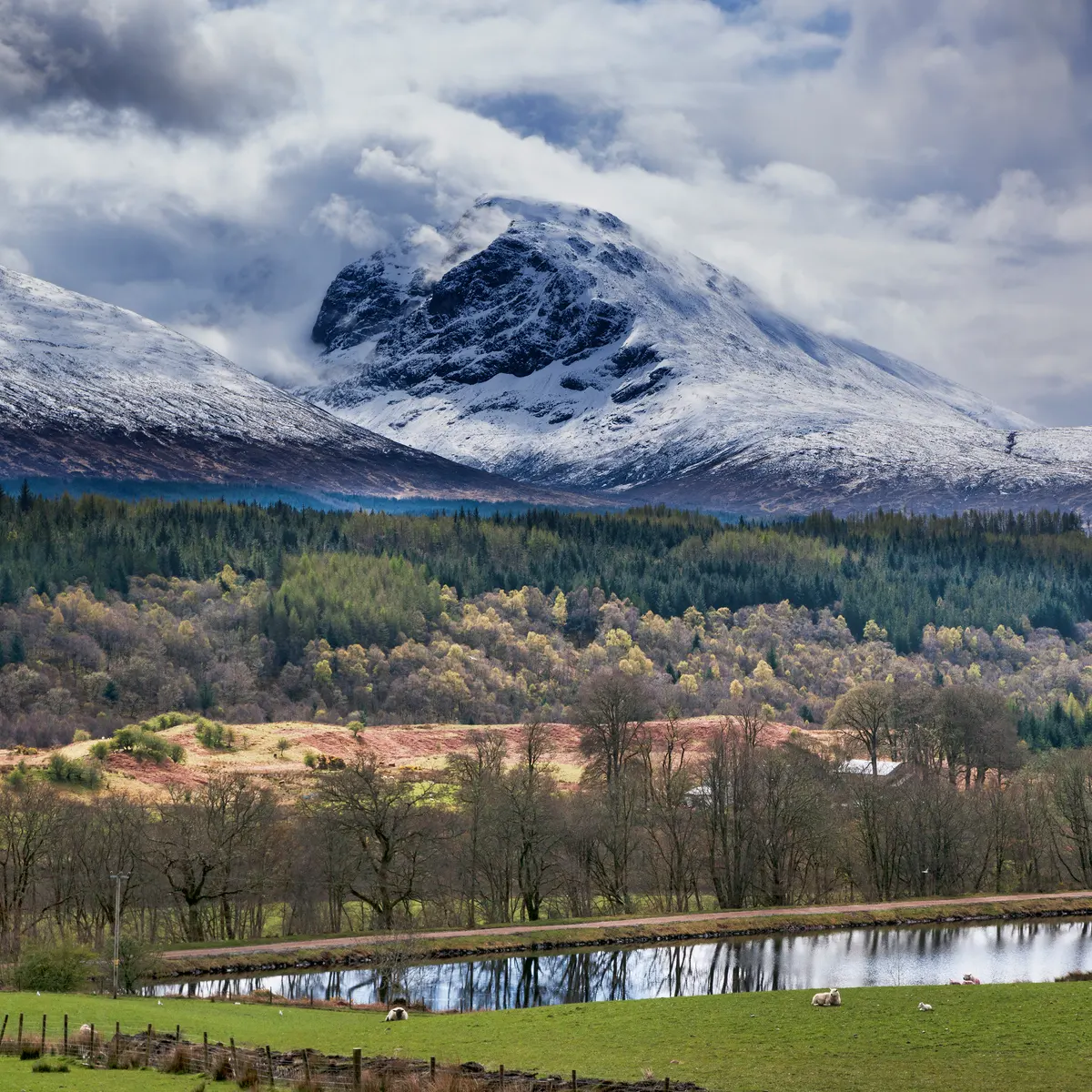You’re a wizard Harry!
Today’s Itinerary
Breakfast
Breakfast will be in the kitchen. Put on the kettle!
Today we drive through Loch Shiel and Glenfinnan to Ben Nevis.
Scattered along the main road, Glenfinnan is situated at the head of Loch Shiel which stretches south west for 20 miles to Acharacle.
Caledonian MacBrayne Ferry
Armadale to Mallaig – 10:00

Caledonian MacBrayne, usually shortened to CalMac, is the major operator of passenger and vehicle ferries, and ferry services, between the mainland of Scotland and 22 of the major islands on Scotland’s west coast.
We will travel by ferry from Armadale on Skye to Mallaig on the main land.
Lunch
Lunch will be somewhere on the road. Maybe Mallaig?
Loch Eilt and Dumbledore’s Island

The tiny island of Eilean na Moine was the island that held Dumbledore’s Grave and is framed by surrounding Loch Eilt used multiple times including the backdrop for the bridge into Hogwarts and for the location of Hagrid’s Hut.
Glennfinnan Viaduct and the Jacobite Express

The Glenfinnan Viaduct is a railway viaduct on the West Highland Line in Glenfinnan, Inverness-shire, Scotland, built from 1897 to 1901. Located at the top of Loch Shiel in the West Highlands of Scotland, the viaduct overlooks the Glenfinnan Monument and the waters of Loch Shiel.
Dinner
Dinner will be on the road or back at the house.
Optional Excursion
Ben Nevis

Ben Nevis is the highest mountain in Scotland, the United Kingdom and the British Isles. An ancient giant of the land, Ben Nevis was once a massive active volcano which exploded and collapsed inwards on itself millions of years ago. At the summit, there is evidence of an explosion in the form of light-coloured granite. The name itself has two translations from the ancient Gaelic language, meaning ‘mountain with its head in the clouds’.
Singing Sands

Singing sand, also called whistling sand or barking sand, is sand that produces sound. The sound emission may be caused by wind passing over dunes or by walking on the sand. Certain conditions have to come together to create singing sand: The sand grains have to be round and between 0.1 and 0.5 mm in diameter.
Get Some Sleep!
Tomorrow we say goodbye to Skye and head to Glasgow
